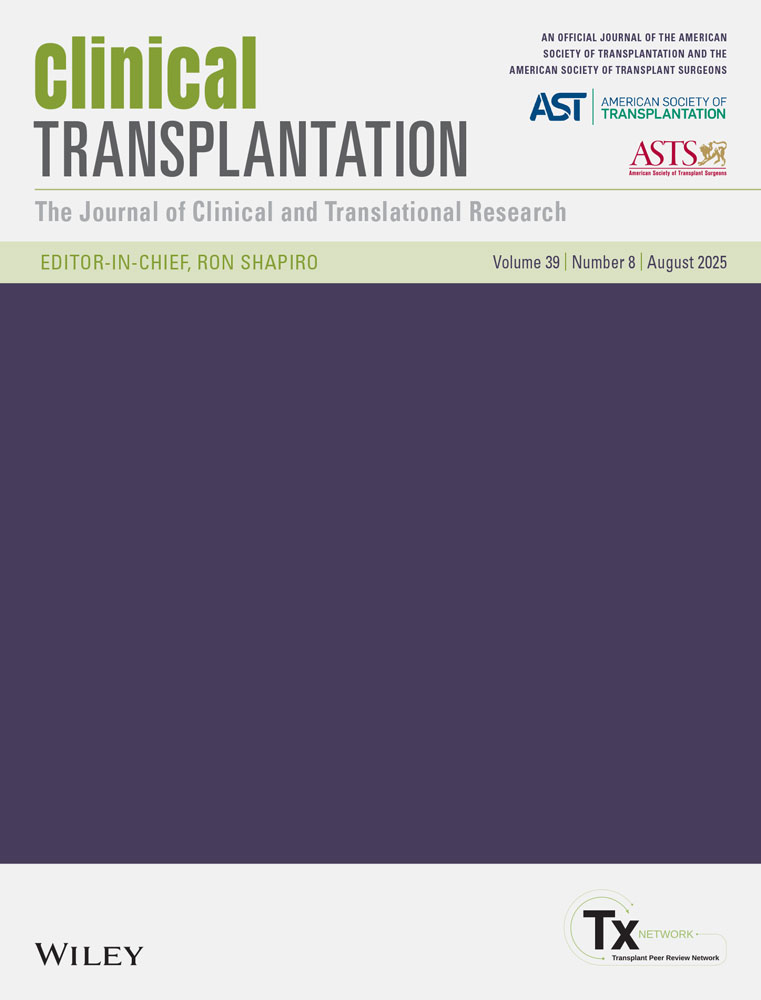A tale of two kidneys – how long can a kidney transplant wait?
Abstract
This paper compares early graft function (EGF) of the first transplanted kidney (group 1) with the kidney transplanted second (group 2) in kidney pairs from the same cadaver donor. Thirty-one pairs of kidneys were harvested from cadaver donors between January 1997 and October 1998. Each pair was transplanted using a standard technique by the same team of surgeons, one after the other, as a result of limitations in theatre time and staff availability. Incidence of acute rejection (AR), acute tubular necrosis (ATN) and need for post-transplant dialysis was recorded for both groups, and was compared using the relevant statistical methods. Patients in both groups were well matched for age, gender and mode of dialysis pre-transplant. Human leucocyte antigen (HLA) matching and panel reactive antibody (PRA) status were similar in the two groups (p>0.05). Cold ischaemia time (CIT) in the two groups was 14.1±5.7 and 19.2±6.9 h, respectively, the difference being statistically significant (p<0.05). The incidence of AR was similar in the two groups. However, ATN (on renogram) was significantly more common in group 2 (p<0.05; 12 patients versus 5 patients in group 1). All patients with ATN required post-transplant dialysis. Hospital stay was significantly prolonged in group 2 patients (p<05; 20±10.6 versus 16.3±6.2 d for group 1). Even a relatively short increase in CIT can cause the second transplanted kidney of a pair to have a significantly higher incidence of ATN, resulting in need for dialysis and prolongation of hospital stay. Simultaneous transplantation, in areas lacking organ sharing networks, would not only improve EGF, but also improve long term graft survival. In addition, the reduced requirement for post-transplant dialysis and a shorter hospital stay would balance any increased demand on resources.




